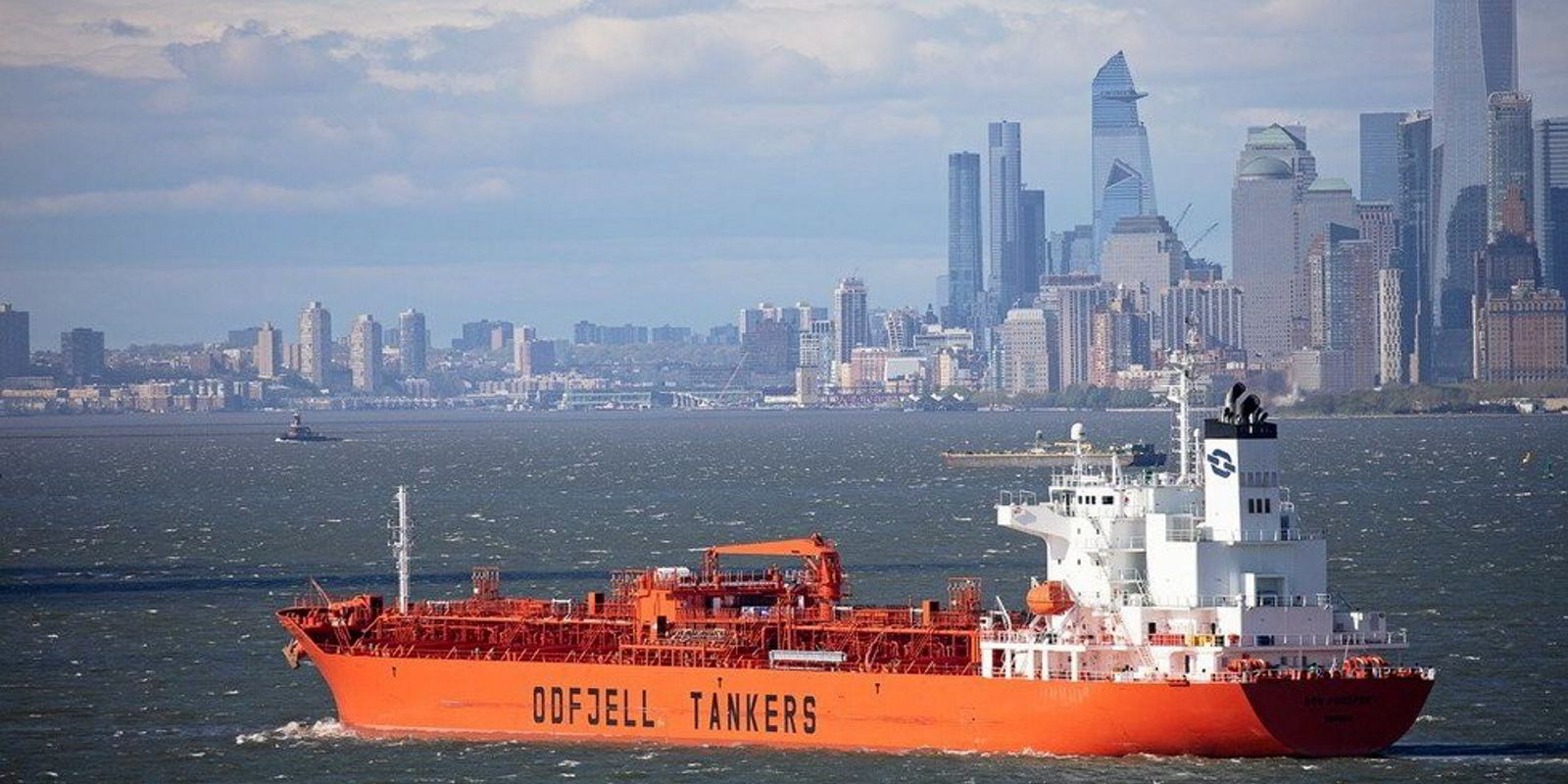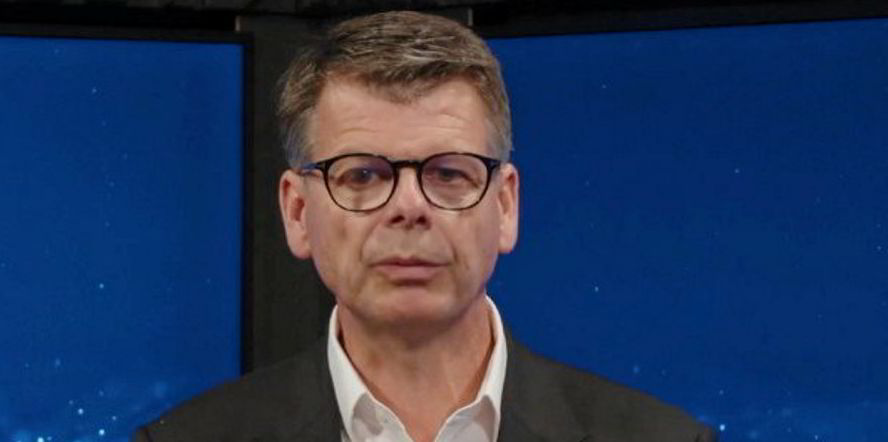Odfjell has hit fuel-saving targets for its chemical tanker fleet seven years ahead of schedule after $50m in investments.
The Oslo-listed Norwegian shipowner said on Thursday that it had set a target of 2030 to halve carbon intensity, based on 2008 levels, but had reached the goal for the first time in the first quarter of this year.
This was achieved by a mixture of methods, including renewing its fleet with newer, less-polluting vessels, improved weather routing and regular hull and propeller cleaning, said chief executive Harald Fotland.
New propeller systems, each costing just under $1m and employed on 19 vessels, led to fuel reduction of about 20%, he told TradeWinds.
The company aims to cut emissions further beyond the “low-hanging fruit” with initiatives including wind-assisted propulsion and waste heat recovery that are due to be introduced by early 2024.
Fotland said the company’s 2030 target was set about five years ago. The figures are being submitted to the International Monetary Organization and are being audited by classification society DNV.
“Although we have reached this target, we are still determined to reduce fuel consumption even more,” he told an investor presentation on Thursday. “I am very positive we will further reduce our carbon intensity.”
Odfjell reported net profits of $46.7m for the first quarter, up from $11.1m a year earlier.
The figure is a slight fall from net profit of $50.4m from the last three months of 2022, but Fearnley Securities said the “halcyon days of the 2000s are back”.
The results, largely in line with analyst expectations, point to promising long-term prospects for the company and its 70-tanker fleet, according to Norne Research.
Odfjell has benefited from surging rates for product tankers that have seen swing tonnage move out of the chemical trade. It was also helped by a historically low orderbook, uncertainty in the markets and an overall ageing fleet in the sector.
The company has sold its older tankers and ones operating in regional markets in favour of developing a dedicated fleet of larger, more eco-friendly deepsea vessels, which has contributed to its improved energy efficiency.

Fotland said voyage planning included limiting time in port to reduce emissions. The company has also installed almost 40 new freshwater production units that use little energy.
He said Odfjell has an advantage over other shipowners because it also manages and operates its fleet and does not need to consult anyone else before introducing the measures.
The company has talked to other shipowners about the best measures it has used, but he said many owners have not introduced any energy-saving devices.
“I’m surprised that others do not do more when it comes to reducing fuel consumption,” he said. “The most obvious projects are almost like finding money on the street.
“It surprises me, for as well as being good for the environment, it’s good for financial results.”
He said the company has invested about $50m in various schemes and expects the investment to be covered within two to three years.
UK consultancy UMAS said last month that shipping needs to cut greenhouse gas emissions by 37% by 2030, compared with 2008 levels, to remain in line with efforts to limit global warming to 1.5C higher than pre-industrial levels.
It said vessel efficiency improvements of 60% would be needed by 2030, but owners are not taking advantage of existing technologies.




